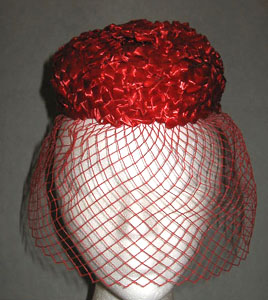Written by Elizabeth M. Scott, Natural History and Archaeology Preparator at the Indiana State Museum
Professionals such as archaeologists often encounter bones during excavations. But how do they know what animals they belong to? One way to find out is to use a reference source called a comparative bone collection.
This kind of collection contains numerous skeleton specimens that identify the range of animals present within a particular ecological or geographical area. It may focus on current or ancient animal populations. Multiple specimens of each animal are contained in the collection to represent the diversity within each species, such as the differences between males and females and old and young. The collection also identifies additional evidence such as normal and abnormal growth and development, disease, injury, change over time and modification, for example by people, animals, or the environment. The identification of unknown bones can be assisted by comparing them to known specimens in a comparative bone collection.
Among its many collections, the Indiana State Museum has a large collection of teeth, bones and skeletons representing both modern and ancient animals from Indiana’s natural history. So how are animal skeletons prepared for the museum’s collection? Processing depends on the type of material, its condition, and its intended use. It can be a very smelly and dirty job. Case in point … let me introduce you to “Ford,” the newest member of the comparative bone collection.
At Wolf Park in Battleground, Indiana, an old bull of the bison herd known as “Ford” died. He was brought to the museum as a half mummified half rotting carcass that had been preyed on by scavengers. Over the course of several months the specimen was processed by various methods including: the separation of parts and the removal of flesh with various tools, the cleaning of bones by bugs outside, the cooking of the bones to cause further flesh and connective tissue failure and to force grease, fat, and blood out of the bones, the bathing of the bones in several baths of enzyme and degreasing detergents, the drying of the bones, and finally the staining of the bone to enhance surface feature characteristics.
Ford now has a second life as an excellent scientific reference specimen: a complete large and older adult male bison skeleton containing evidence of previous injury with healing, pathology and potential predation marks.
Filed under: animals, museums, science | Tagged: archaeologists, bison, comparative bone collection, skeleton, specimens, Wolf Park | Leave a comment »















































































